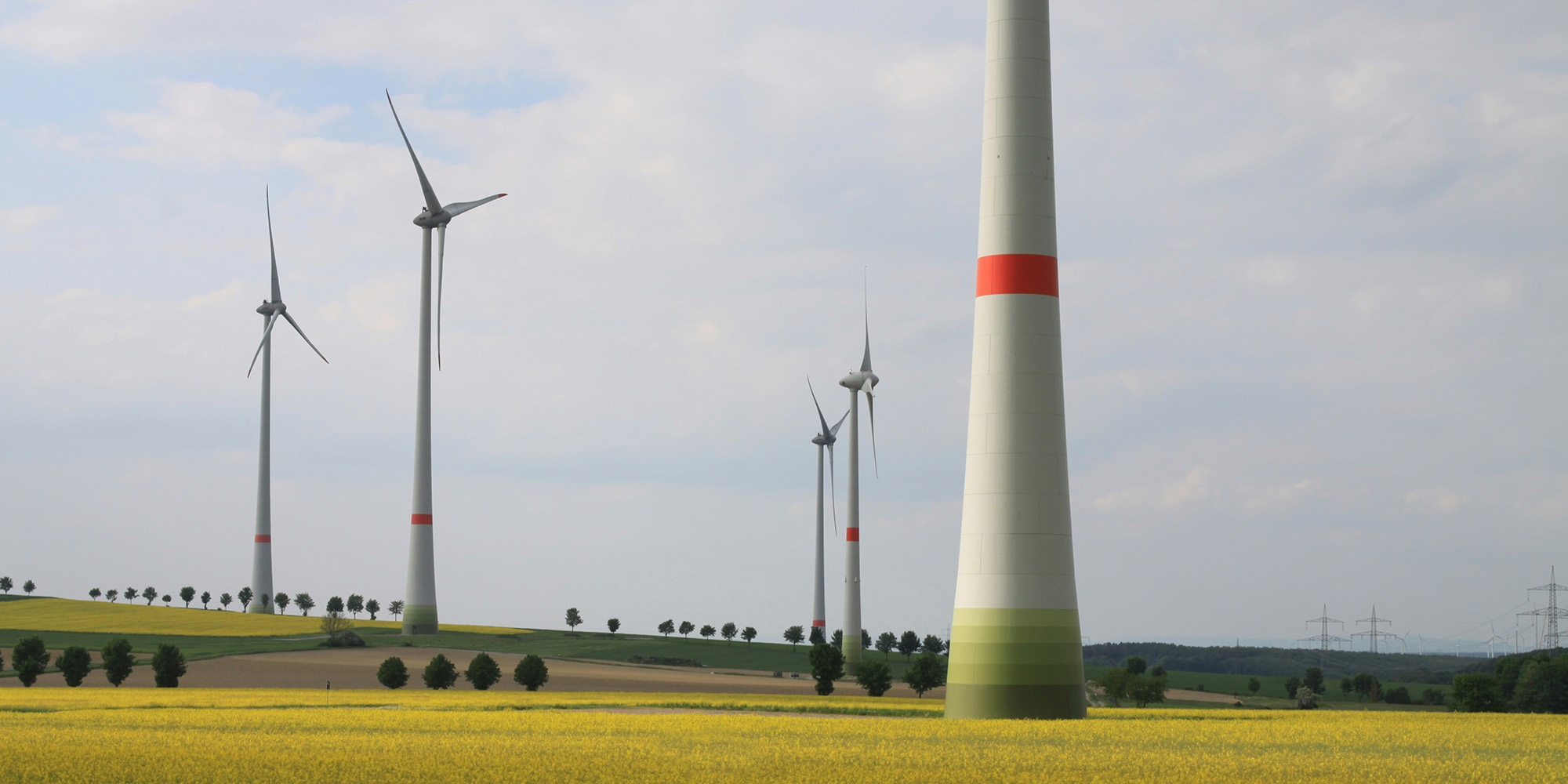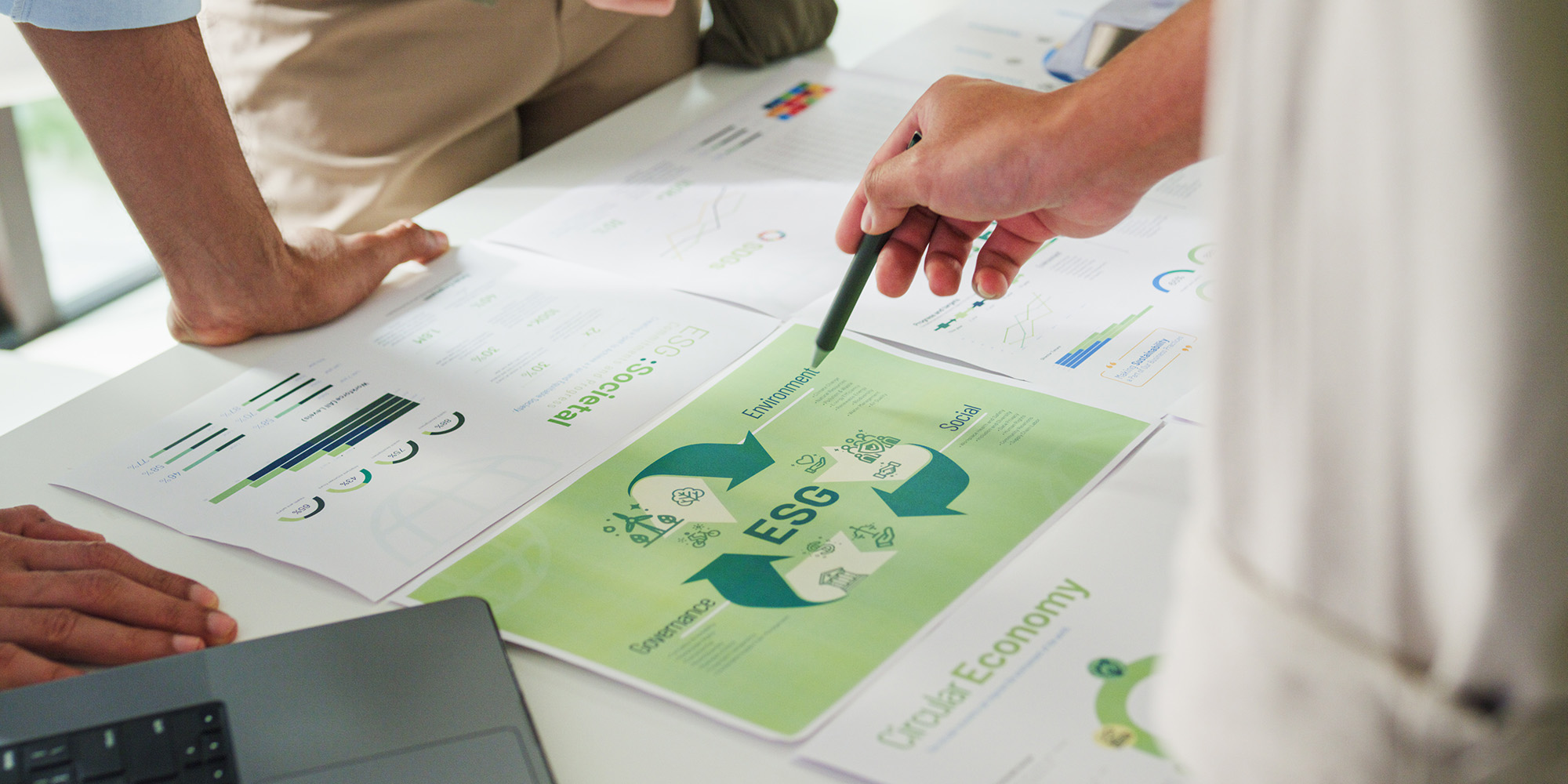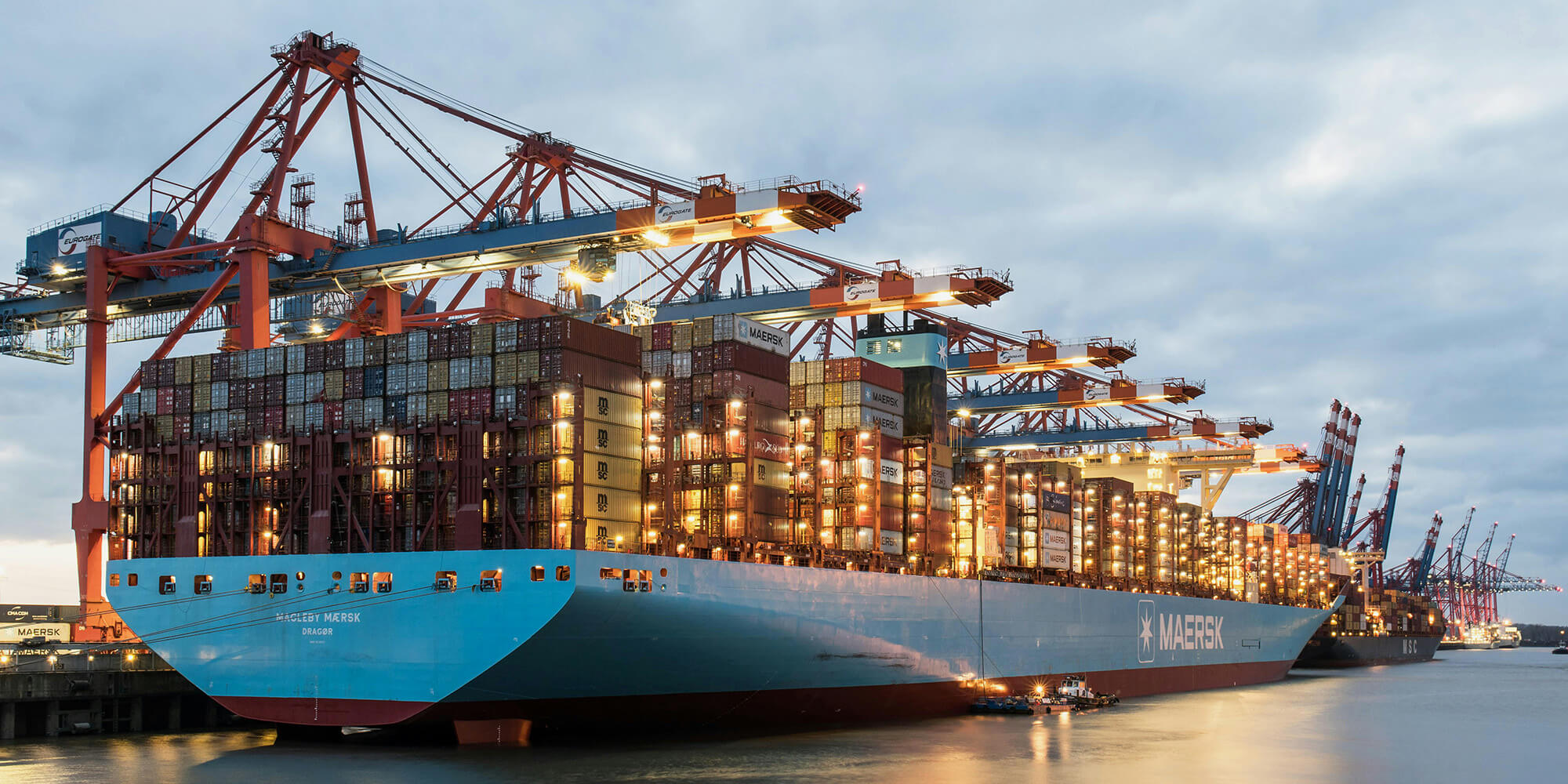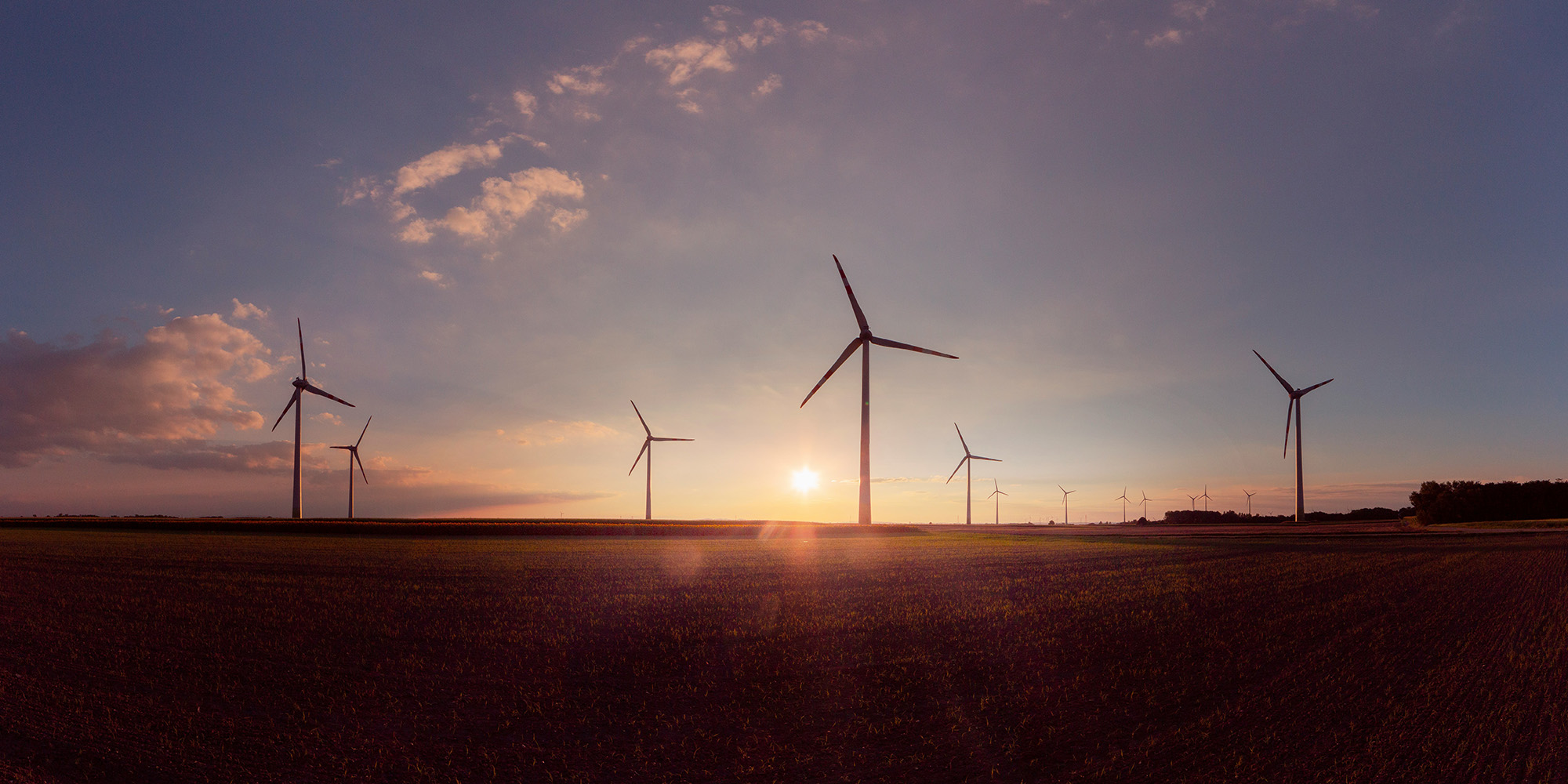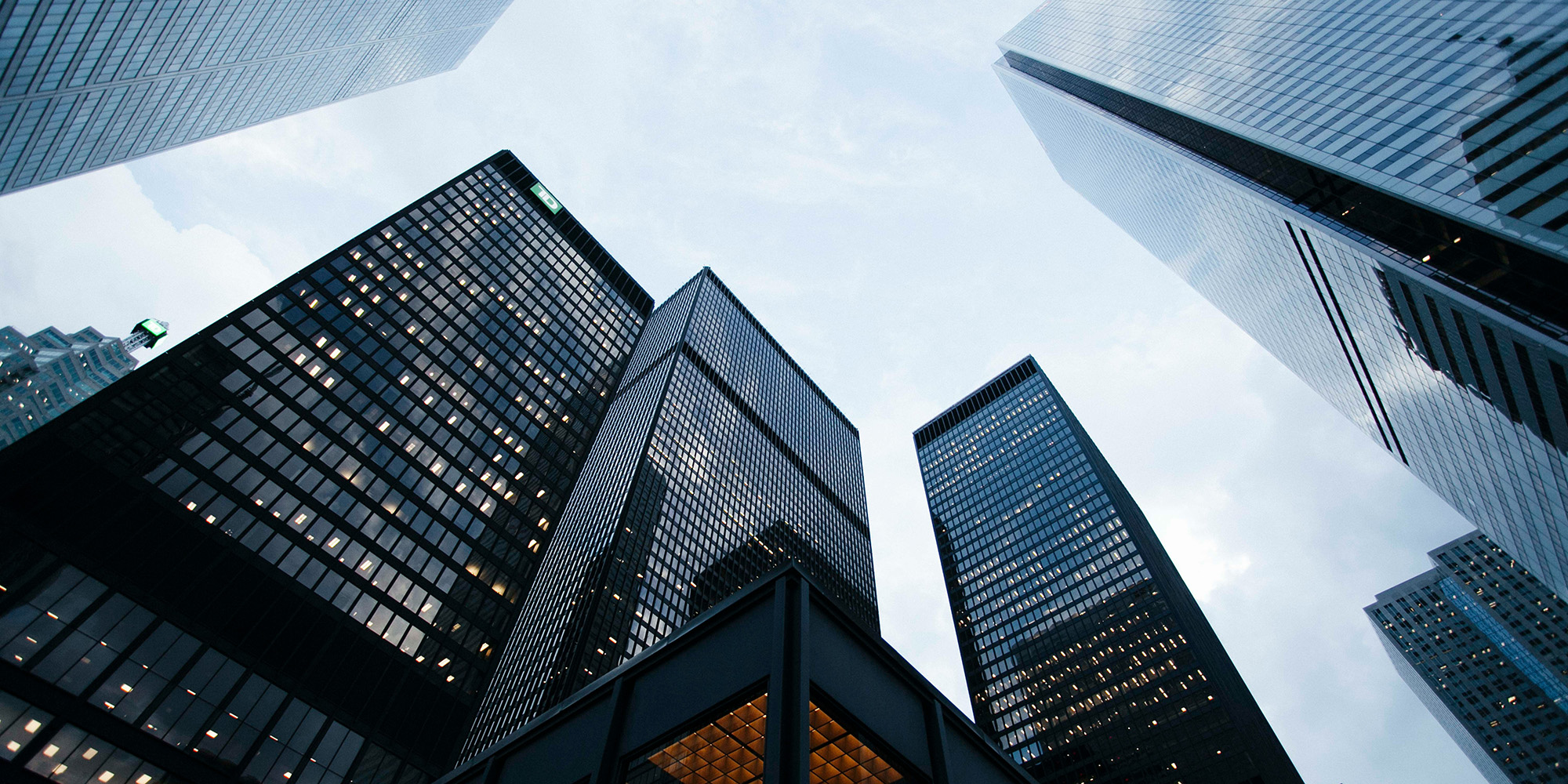Need personalised carbon credit guidance? Talk to an expert.
What is REDD+?
The Reducing Emission from Deforestation and Forest Degradation programme (REDD+) is a voluntary United Nations framework for protecting woodlands and curbing GHG emissions from tree cover loss and ecosystem degradation in developing countries.
It was created by the UNFCCC Conference of the Parties (COP) and adopted in 2013 at COP19 in Warsaw. UN member states later recognised it as part of the landmark Paris Agreement. The programme aims to mobilise 5 billion USD by 2025 and direct them towards sustainable forest management projects in places that lack the resources or capacity to protect vulnerable ecosystems.
REDD+ depends on the characteristics of participating nations. It invites different stakeholders to work together in the planning and execution of joint actions, encouraging local communities, governments, private institutions, and NGOs to combine efforts to achieve their goals within the framework.
Carbon credits from REDD+
REDD+ projects are eligible to issue carbon credits, allowing industrial countries and companies to fulfil their environmental commitments by financing forest management schemes.
As we have discussed extensively in another article, the quality of carbon credits hinges on confidence – certainty that actual emission reductions and savings are occurring. So, what is different about REDD+ credits, and why should you consider them an option?
REDD+ bolsters international cooperation
REDD+ relies on multilateral collaboration and transparency. Before launching a project, the programme requires participating countries to develop robust national strategies. Access to financing then depends on strict reporting mechanisms, the results of which are made available on the dedicated Lima Information Hub.
International cooperation and free-flowing information create trust between actors. They also contribute to strengthening institutions. Many nations taking part in REDD+ have significantly enhanced forest management and monitoring capabilities. Meanwhile, developed countries and financial entities continue to provide essential funding through instruments such as carbon credits.
Moreover, unlike other types of carbon offsets, the emission savings of REDD+ projects count towards Paris Agreement targets, reported as part of National Determined Contributions (NDC). By harnessing political commitment, REDD+ bolsters confidence that significant and measurable emission reductions are taking place, giving credence to conservation actions and financial schemes.
The art of multiple verifications
Like other forestry and land-use programmes, REDD+ projects must be certified by international standards, such as Verra or Gold Standard, to supply carbon credits. However, REDD+ requires multiple verifications. The programme also has comprehensive guidelines of its own to develop and approve new carbon offsetting projects. They outline three basic steps:
Development and validation:Project developers must research and document threats to the ecosystem in question and how implementing their proposed actions would combat degradation. This entails calculating the GHG emissions avoided by protecting a given forest. Further, they must ensure that emission reductions are real, additional, measurable, and permanent. Independent auditors then validate all estimations.
Implementation and monitoring:
Once their mitigation actions are running, projects must continuously and meticulously evaluate their results over the entire duration of the project, which includes following up on plans and strategies and carefully documenting changes in the tree cover.
Independent auditing and verification:
Audits are a prerequisite for crediting reductions. External evaluators scrutinise the results of the project to guarantee performance and ensure transparency.
Double verification – REDD+ and independent standards– provides accountability and transparency, ensuring the high quality of the credits. Moreover, it aligns the specific needs of the carbon market with conservation efforts that bring significant benefits to people and biodiversity.
Reducing emissions for sustainable development
REDD+ projects do not start as offsetting schemes. They begin as conservation actions designed to decrease human pressure on vulnerable ecosystems, which result in avoided emissions from forest degradation.
This implies a specific mindset. While some carbon credit projects exist with the primary goal of issuing tradable carbon instruments, REDD+ projects see carbon finance as a means to an end. In other words, they are thinking about protecting forests and serving local people first, then adding financial possibilities, not the other way around. And although the difference might seem small, it is significant.

Projects like the Rimba Raya Biodiversity Reserve in Indonesia, which ECOHZ is working with, protect crucial ecosystems and some of the world's most vulnerable species.
Social inclusion is one of the pillars of REDD+. By merging agendas for emissions reduction, ecosystem conservation, and on-the-ground cooperation, REDD+ contributes to several Sustainable Development Goals, such as Goal 13 (Climate Change) and Goal 15 (Life on Earth). The vast majority also advance Goal 1 (No Poverty), Goal 3 (Good Health and Wellbeing), and Goal 5 (Gender Equality). The aim is to turn forest protection into a multipronged ecological and social strategy that addresses interlinked development challenges.
REDD+ further aims to increase the value of protecting nature. For instance, in highly biodiverse areas where mining and timbering are sources of income for local communities, REDD+ provides an alternative revenue stream that supersedes harmful practices toward the environment.
Succinctly put, when conserving a forest is more profitable than clearing it, the ecosystem is more resilient, and locals can continue living in the area, tightening eco-social bonds.
Carbon credits from REDD+ have a positive ripple effect, multiplying the impact of your investment by advancing crucial aspects of sustainable development. People and nature receive much-needed aid, while the carbon market can rest assured that high-quality certificates are put in circulation. If you are browsing for high-value options to mitigate your residual emissions, REDD+ carbon credits are a safe bet.


.png?width=3840&height=2560&name=Sun(1).png)

.png?width=3840&height=2560&name=Landscape_2(1).png)
